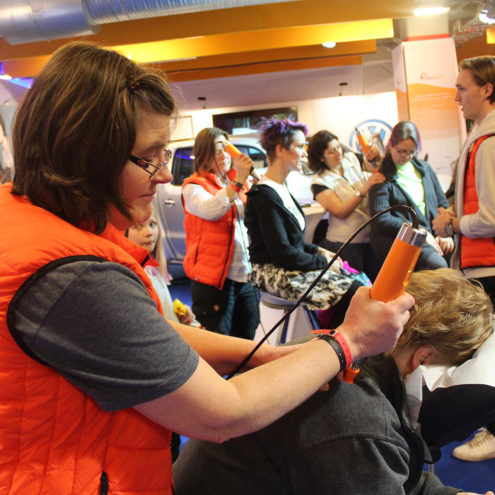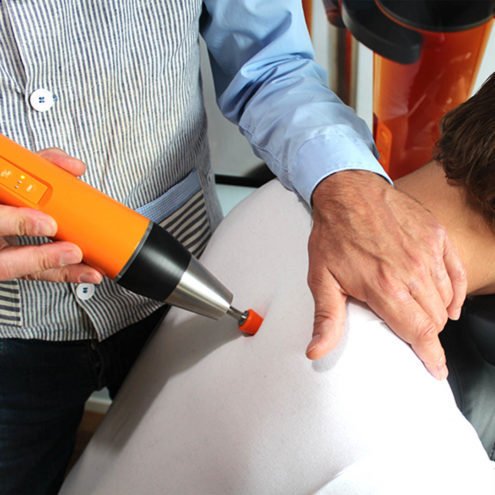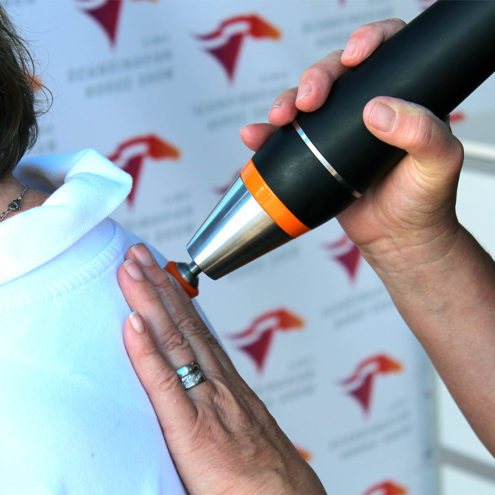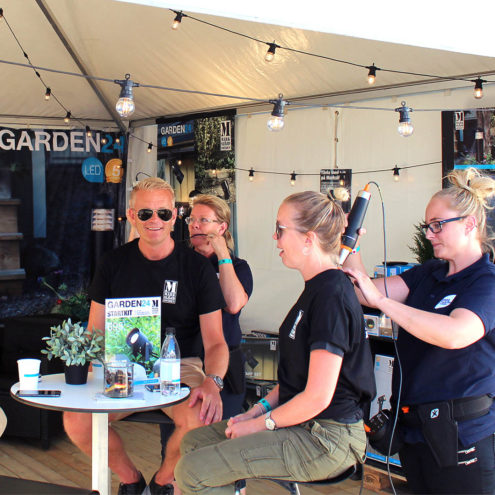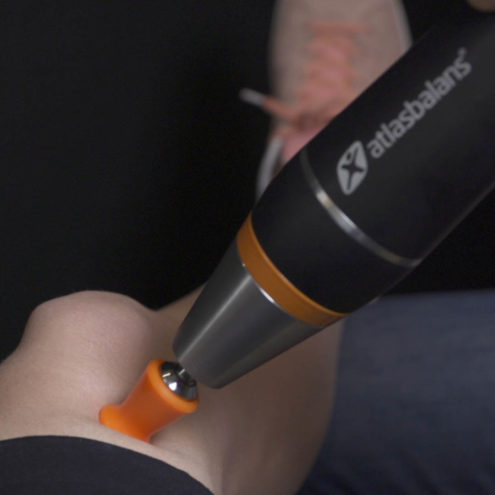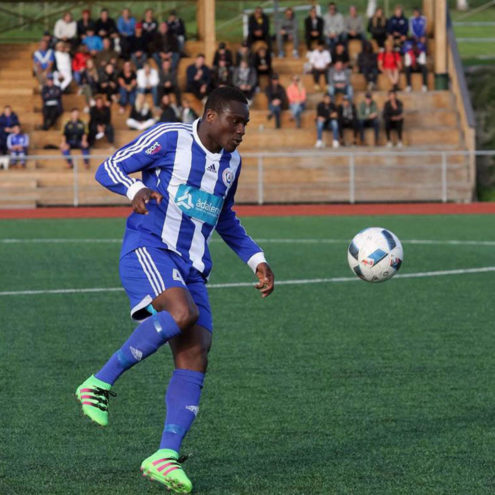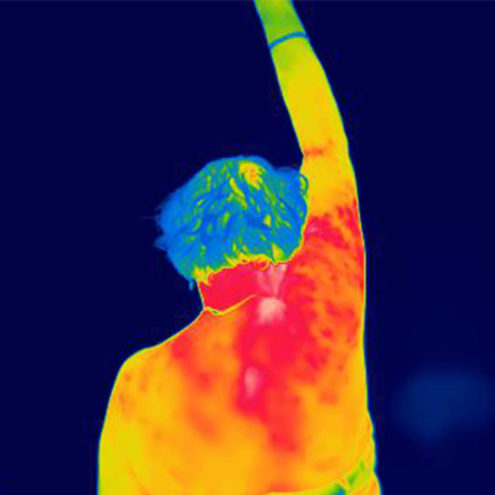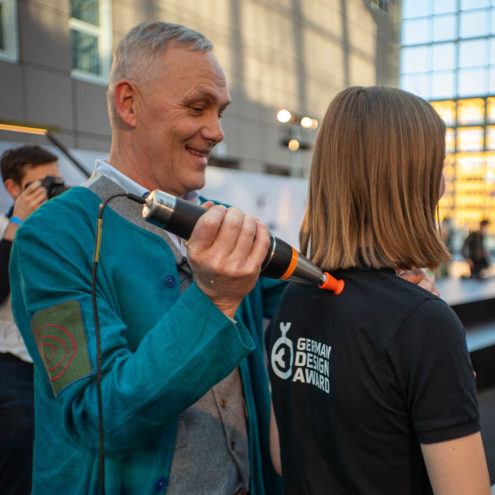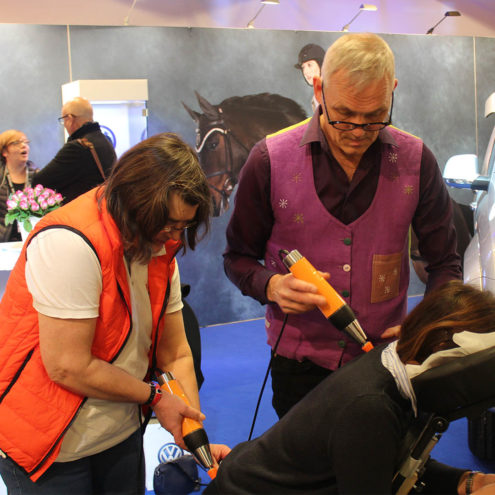Calf exercises – Strengthen your calf muscles for better endurance and balance
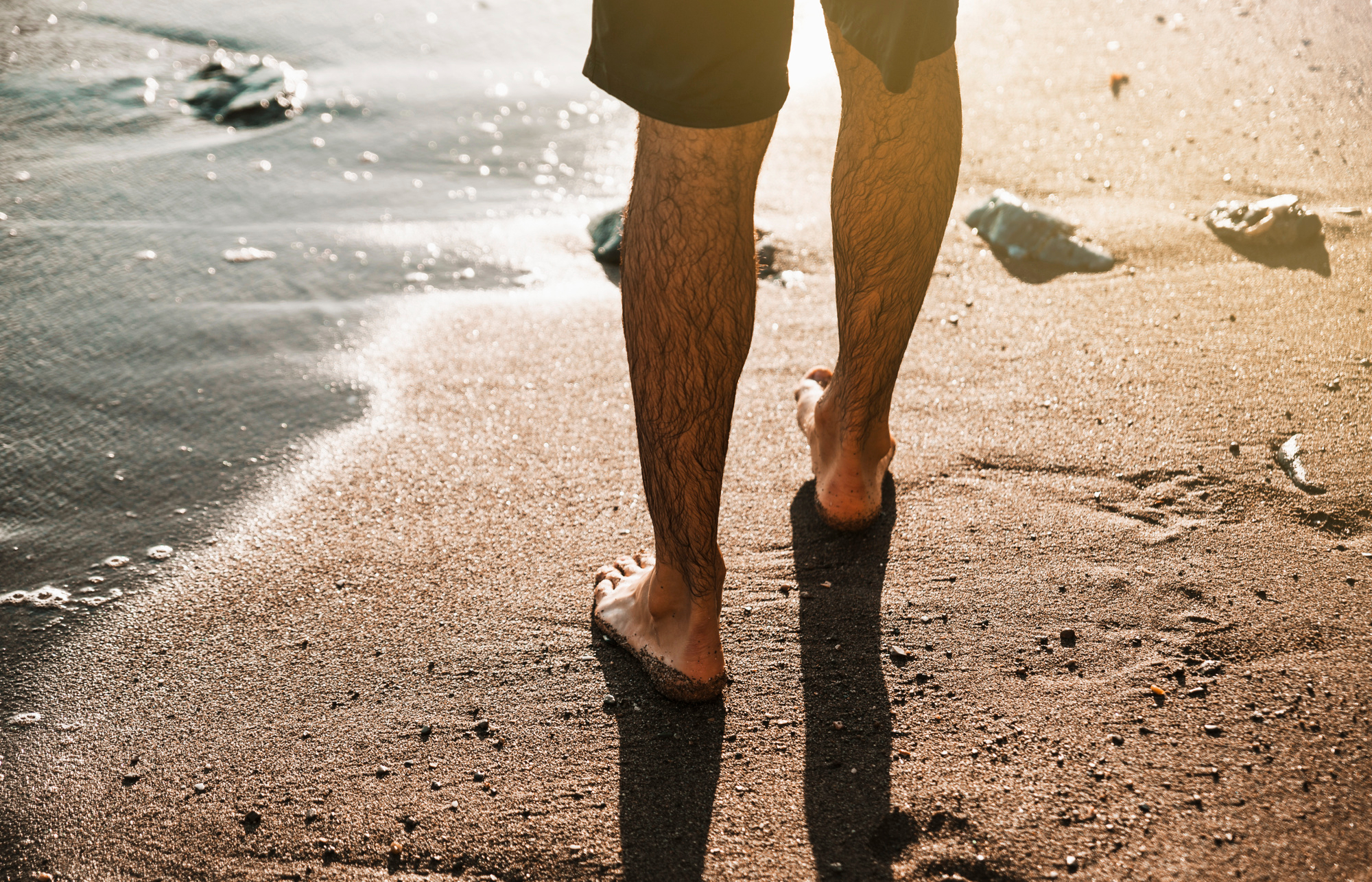
The calf muscles are one of the most used muscle groups in the body and play a crucial role in balance, stability and explosive power during movements such as walking, running and jumping. Despite this, the calves are often an overlooked muscle group in training, which can lead to stiffness, weakness and increased risk of injury.
By including regular calf exercises in your exercise routine, you can improve endurance, strength and circulation in the lower legs. In this guide, we look at why calf training is important, the best exercises to strengthen your calves and how to avoid common mistakes. We also tell you how Fascia clinics can help you optimize your muscle health through fascia treatment and advice.
The benefits of calf training
Having strong and flexible calves provides a range of benefits for both everyday life and sports performance.
1. Increased strength and endurance in the lower legs
Strong calf muscles help you to walk, run and jump more efficiently by providing extra power in every step.
Increased muscle endurance allows you to last longer during activities such as running and cycling.
2. improved balance and stability
The calves stabilize ankles and kneesreducing the risk of sprains and other lower leg injuries.
A strong calf muscle helps absorb shocks and protect joints.
3. Better blood circulation and reduced risk of injury
Calf training stimulates blood flow and reduces the risk of varicose veins, muscle cramps and exercise pain.
Regular stretching and mobility training can prevent stiffness and overuse injuries.
Basic calf exercises for all levels
Whether you are a beginner or an experienced exerciser, it is important to include basic exercises that activate the entire calf muscles.
1. Standing toe raises (Calf Raises)
Muscles that are activated: Gastrocnemius (outer calf muscle) and soleus (deeper calf muscle).
Implementation:
- Stand with your feet hip-width apart.
- Push up from your toes until you stand on tiptoe.
- Slowly lower down again.
- Repeat 15-20 times.
2. Seated Calf Raises
Muscles that are activated: Soleus (the deep calf muscle).
Implementation:
- Sit on a chair or calf press machine with your feet flat on the floor.
- Lift your heels as high as you can and hold the position for a few seconds.
- Slowly lower down again.
3. Single leg toe raises
Muscles that are activated: Gastrocnemius, balance muscles in foot and ankle.
Implementation:
- Stand on one leg and lift your heel off the ground.
- Hold onto something for balance if necessary.
- Repeat 10-15 times per leg.
Calf training for different goals
1. to build strength
Train with heavier weights and fewer repetitions (6-10 reps).
Use a calf press machine or dumbbells to increase the load.
2. to increase endurance
Train with lighter weights and more repetitions (15-25 reps).
Focus on high volume training and shorter rest periods between sets.
3. to improve definition and balance
Use single-leg exercises and eccentric movements to challenge the muscles.
Include plyometric exercisessuch as jumping toe raises.
Common mistakes in calf training
1. not using the full range of motion
Many people do the repetitions too quickly without fully stretching the calf.
Solution: Slowly lower down and push up to the very tips of your toes.
2. incorrect weight distribution
Pushing up too much on the big toe can create muscle imbalances.
Solution: Keep the weight evenly distributed over the entire forefoot.
3. too little variety
Waders need both heavy load and endurance training to develop optimally.
Solution: Vary between different angles, weights and repetitions.
Mobility and stretching for calves
Stretching reduces the risk of stiffness and improves recovery after exercise.
1. Standing calf stretch
Stand with your hands against a wall and extend one leg straight back.
Keep your heel on the floor and feel the stretch in your calf.
Hold for 20-30 seconds per leg.
2. sitting toe-touch
Sit with your legs straight and try to reach your toes with your hands.
Hold the position for 15-20 seconds.
Injury prevention exercises for calves
If you have a history of calf cramps or sprains, you may benefit from injury prevention exercises:
Eccentric toe raises – Slow down the movement with each repetition to strengthen tendons and muscles.
Balance training on bosu ball – Improves ankle and foot stability.
Jump rope training – Improves explosiveness and endurance in the calves.
Tips for creating a sustainable calf training routine
Exercise your calves regularlyat least 2-3 times per week.
Combining different exercisesincluding both strength and endurance training.
Listen to your body and give your calves sufficient rest.
How Fascia Clinics can help you strengthen and protect your calf muscles
At Fascia Clinics, we offer treatment and rehabilitation for the calves and lower legs. Our fascia treatments can help you to:
Reduce stiffness and pain in calves and ankles.
Improve mobility and muscle balance for optimal performance.
Preventing injuries by identifying and correcting biomechanical imbalances
Want to optimize your calf training and avoid injury? Visit fasciaklinikerna.se fasciaklinikerna.se and book a consultation today!
 Search
Search


